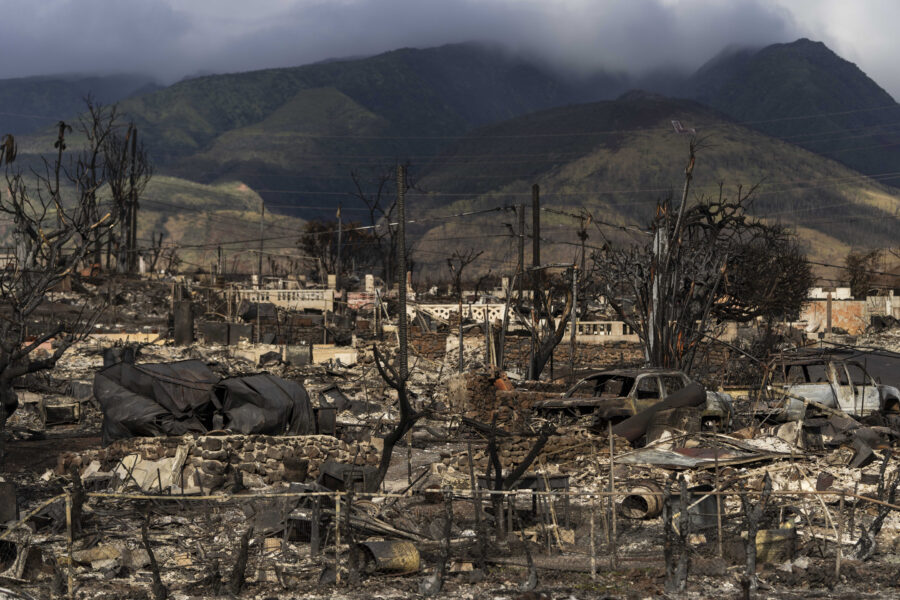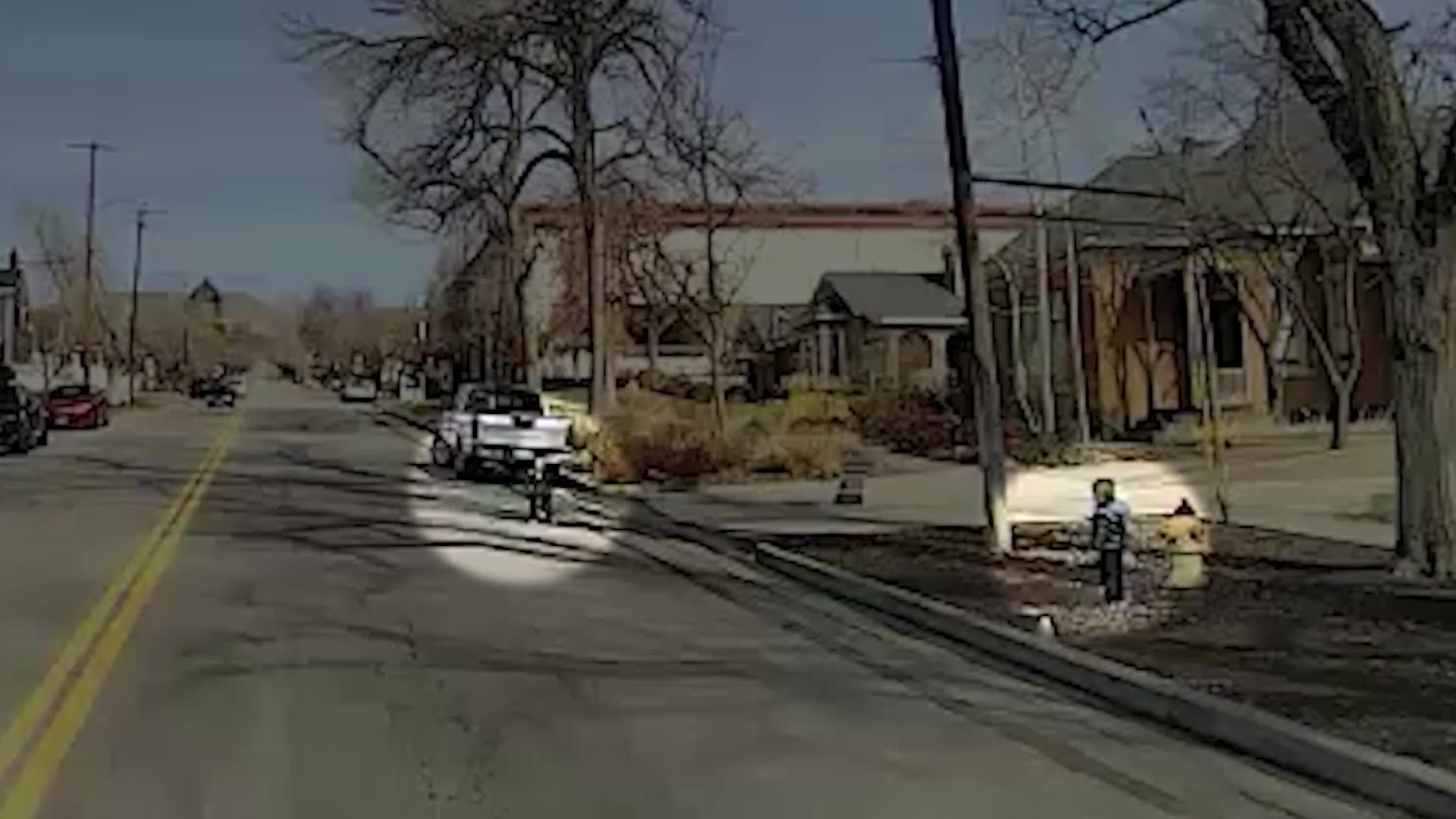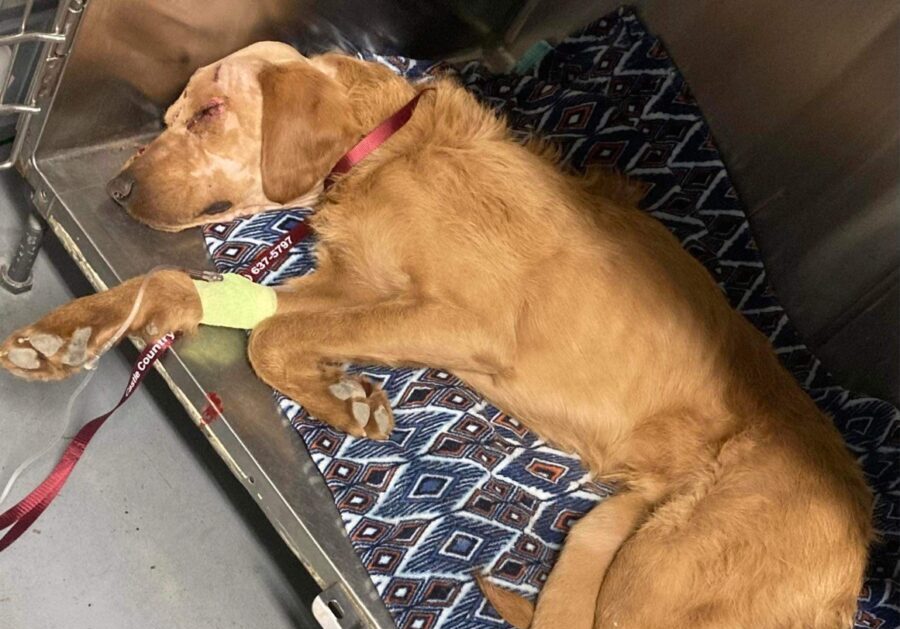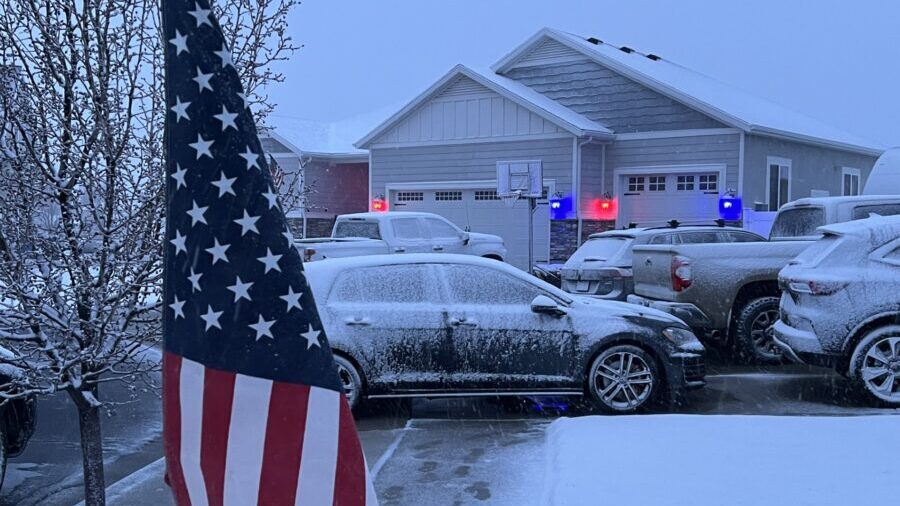Water districts using extra water to recharge aquifers
Mar 29, 2023, 7:12 PM | Updated: 7:14 pm
SALT LAKE CITY – Cities and counties across Utah are taking advantage of the extra water this winter to replenish aquifers.
“Our approach is really we should be saving this extra water for future years,” Dave Decker, Provo’s public works director said. “This is nature’s way of saying: ‘Here’s all this extra, abundant water, you better take advantage of it because it’s going to be needed in the future.’”
Decker said when he saw that this winter was shaping up to be a banner water year, he had water released from upriver reservoirs so that the water could be used to recharge underground supplies through what’s called aquifer storage and recovery.
“In Provo, we’ve been trying to prepare for this exact event and taking advantage and storing the water underground,” he said. “We know exactly where the water’s going and we’re clearly influencing the ground water.”
During the last three years, Provo has been studying groundwater replenishment at five different locations. One of those sites is at Riverview Park, where Provo River water quickly sinks down into the ground through a rock-lined channel.
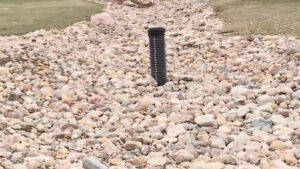
Cities and counties across Utah are taking advantage of the extra water this winter to replenish aquifers. (KSL TV)
“That tells us that the ground is very thirsty,” Ryan York, Provo’s water sources manager said. “All this water that we’re bringing in is going down through the ground and filling our aquifers and replenishing what’s been pumped out over many, many, many years.”
In southern Utah, the Washington County Water Conservancy District is expecting this year’s extra water to have a big impact on the aquifer underneath Sand Hollow Reservoir.
“It’s been a phenomenal water year in Washington County,” said Brie Thompson, the associate general manager of field operations with the district.
Thompson said the district has been drawing down its reservoirs since 2019. But with the above-average snowpack and wet spring, Sand Hollow should be at 100% of capacity this summer.
“A year like this—when we can keep the reservoir full for longer—will allow more water to go down beneath into the aquifer,” she said. “It really is used as a savings account. When we have these really good years we can put more into that bank.”
In neighboring Iron County, it’s a night-and-day difference from previous years when there wasn’t any excess water to divert to underground storage.
“This will help a lot,” said Paul Monroe, general manager of the Central Iron County Water Conservancy District. “We’re close to 300% above normal in our watershed.”
Monroe said groundwater levels have been dropping for several decades. In an effort to stabilize the aquifer and make it more sustainable, the district has constructed seven recharge basins since 2017.
Since the start of the water year on Oct. 1, 2022, Monroe said they’ve put over 650 million gallons into the aquifer.



